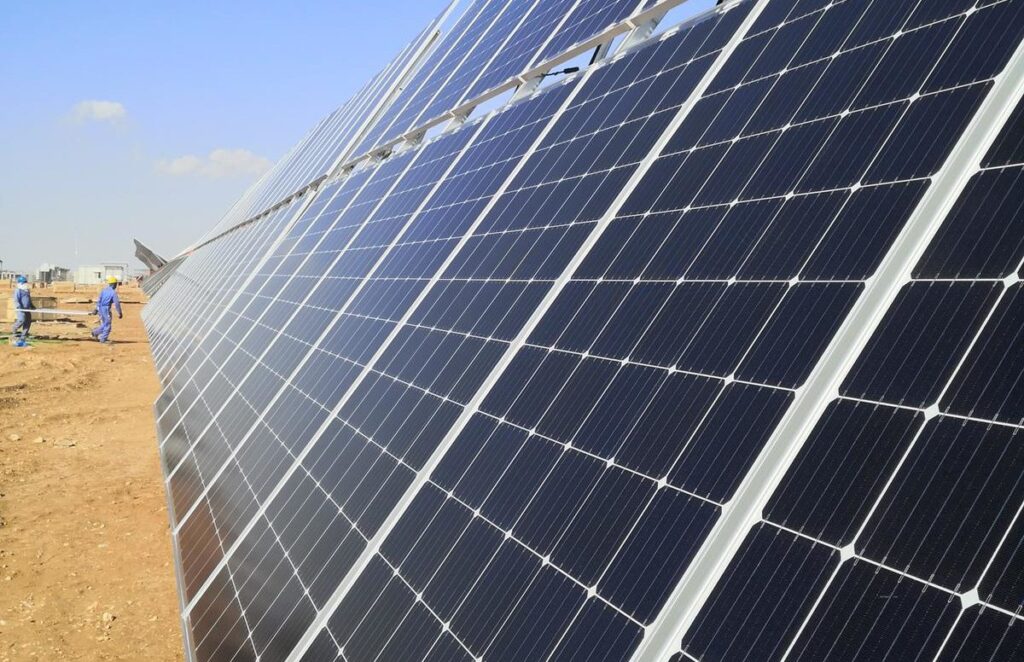PERC (Passivated Emitter and Rear Cell) and TOPCon (Tunnel Oxide Passivated Contact) are two different technologies used in the manufacturing of high-efficiency solar panels. Both technologies aim to improve the efficiency and performance of solar cells by enhancing their light absorption and electron collection capabilities. Here’s a breakdown of the differences between PERC and TOPCon solar panels:
1. Technology Overview:
- PERC (Passivated Emitter and Rear Cell): PERC technology involves adding a passivation layer to the rear side of the solar cell. This layer helps reduce electron recombination at the rear surface, allowing more photons to be absorbed and converted into electricity.
- TOPCon (Tunnel Oxide Passivated Contact): TOPCon technology also employs a passivation layer, but it’s applied to both the front and rear sides of the cell. It includes a tunnel oxide layer that facilitates the transfer of charge carriers (electrons and holes) between the front and rear surfaces of the cell.
2. Passivation:
- PERC: Passivation in PERC cells is focused mainly on the rear side, reducing electron recombination and enhancing the cell’s overall efficiency.
- TOPCon: TOPCon cells achieve better passivation by applying passivation layers to both the front and rear sides of the cell, resulting in reduced electron recombination and improved charge carrier collection.
3. Efficiency:
- PERC: PERC technology has led to significant efficiency improvements compared to conventional solar cells. It can achieve higher efficiencies by minimizing electron losses at the rear surface.
- TOPCon: TOPCon technology is known for even higher efficiency gains due to improved passivation on both sides of the cell. This allows for better electron and hole collection, resulting in higher overall conversion efficiency.
4. Light Absorption:
- PERC: PERC cells primarily focus on improving rear-side light absorption and reducing recombination losses at the rear surface.
- TOPCon: TOPCon cells also benefit from better front-side passivation, which can lead to increased light absorption and improved energy conversion.
5. Manufacturing Complexity:
- PERC: PERC technology involves adding an additional layer to the rear side of the cell. While this adds some complexity to the manufacturing process, it’s become more widely adopted in the solar industry.
- TOPCon: The manufacturing process for TOPCon cells is more complex due to the application of passivation layers on both sides of the cell. This complexity can lead to higher production costs.
6. Commercial Availability:
- PERC: PERC technology has been commercially available for a longer period and is more established in the market.
- TOPCon: TOPCon technology is relatively newer and is gaining attention for its potential to further improve solar cell efficiency.
Both PERC and TOPCon technologies aim to enhance solar cell efficiency and overall performance. The choice between the two depends on factors such as cost, manufacturing complexity, desired efficiency gains, and the manufacturer’s expertise in each technology.


